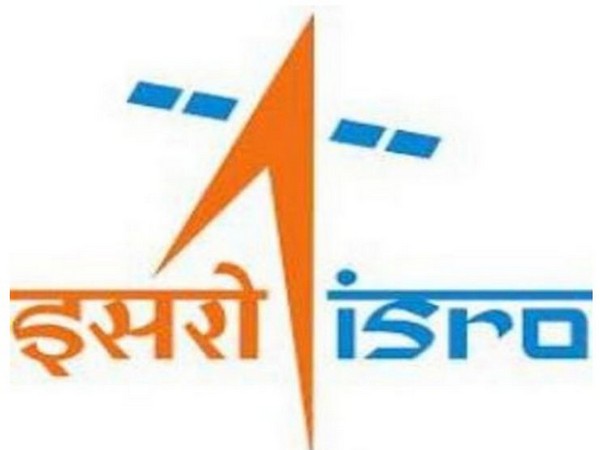Subsurface lunar ice deposits within exploitable depths: ISRO
A study by ISRO reveals evidence of substantial water ice in the Moon's polar craters. Analysis using instruments on the Lunar Reconnaissance Orbiter shows subsurface ice five to eight times greater than surface ice, with the north pole containing twice as much as the south. The study suggests this ice originated from volcanic outgassing and impact cratering. The findings support future missions seeking to sample or excavate this ice, crucial for long-term human presence on the Moon.

- Country:
- India
A study has revealed evidence for enhanced possibility of water ice occurrence in the polar craters of the Moon, according to ISRO.
The study was carried out by the scientists of Space Applications Centre (SAC)/ISRO, in collaboration with researchers at IIT Kanpur, University of Southern California, Jet Propulsion Laboratory, and IIT (ISM) Dhanbad.
The recent study suggests that the amount of subsurface ice in the first couple of metres is about five to eight times larger than the one at the surface in both poles, an ISRO statement said.
As such, drilling on the moon to sample or excavate that ice will be primordial for future missions and long-term human presence, the space agency said.
''Moreover, the study also suggests that the extent of water ice in the northern polar region is twice that in the southern polar region,'' the statement said.
As for the origin of this ice, the study confirms the hypothesis that the primary source of subsurface water ice in the lunar poles is outgassing during volcanism in the Imbrian period, it was stated.
The results also conclude that the distribution of water ice is likely governed by ''Mare volcanism'' and preferential impact cratering.
The research team used seven instruments comprising radar, laser, optical, neutron spectrometer, ultra-violet spectrometer, and thermal radiometer onboard the Lunar Reconnaissance Orbiter to understand the origin and distribution of water ice on the Moon.
''Accurate knowledge of the distribution and depth of water ice occurrence in the lunar poles, as presented in the investigations, is crucial for constraining the uncertainties in selecting future landing and sampling sites for missions aimed at exploring and characterizing lunar volatiles,'' the statement added.
This result also supports a previous study of SAC, ISRO pointing out the possibility of the presence of water ice in some of the polar craters, utilising polarimetric radar data from the Chandrayaan-2 Dual-frequency Synthetic Aperture Radar instrument.
Alongside, the presented comprehensive understanding of the occurrence of water ice in the lunar poles, in this study, is crucial for supporting ISRO's future in-situ volatile exploration plans on the Moon, it said.
(This story has not been edited by Devdiscourse staff and is auto-generated from a syndicated feed.)










